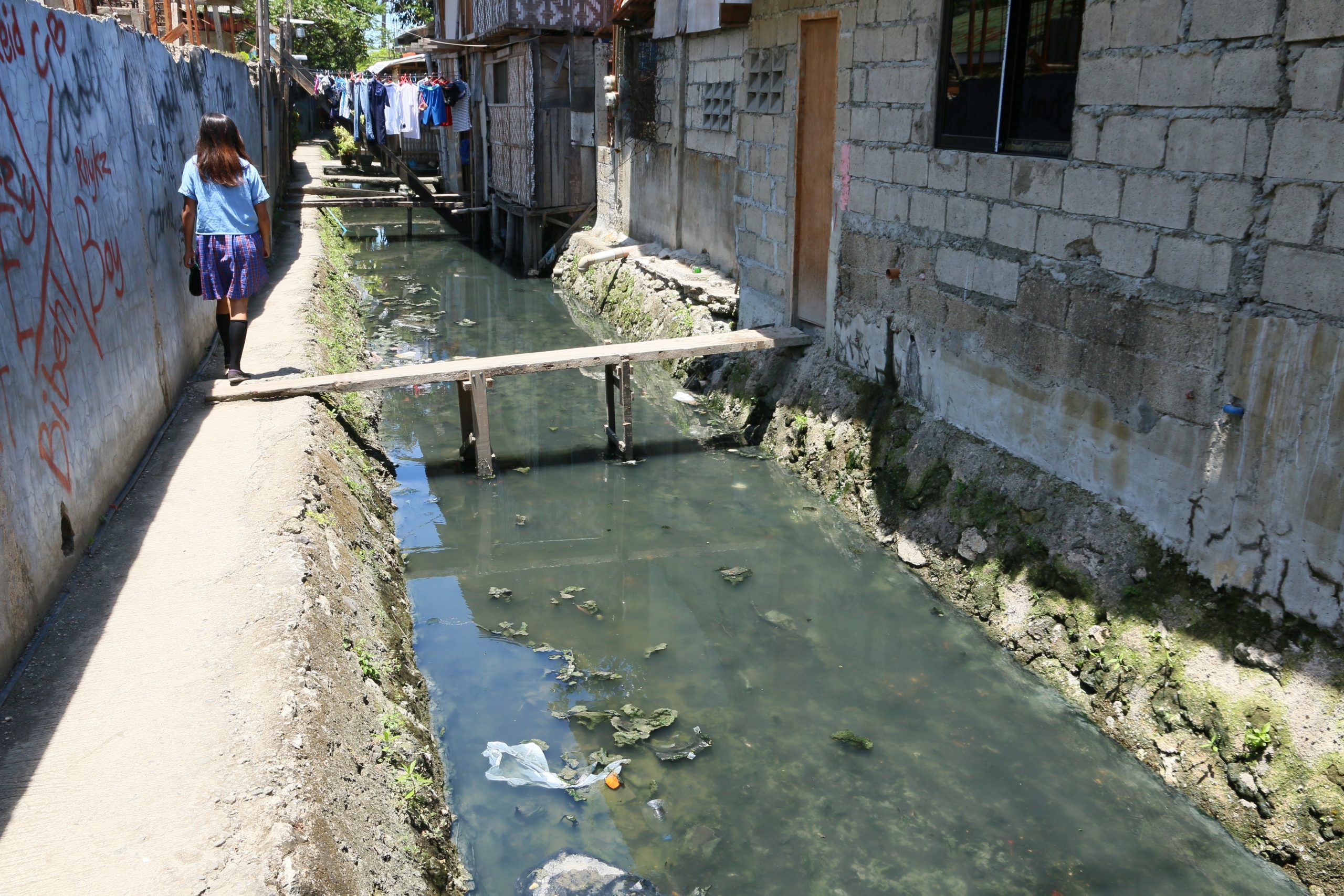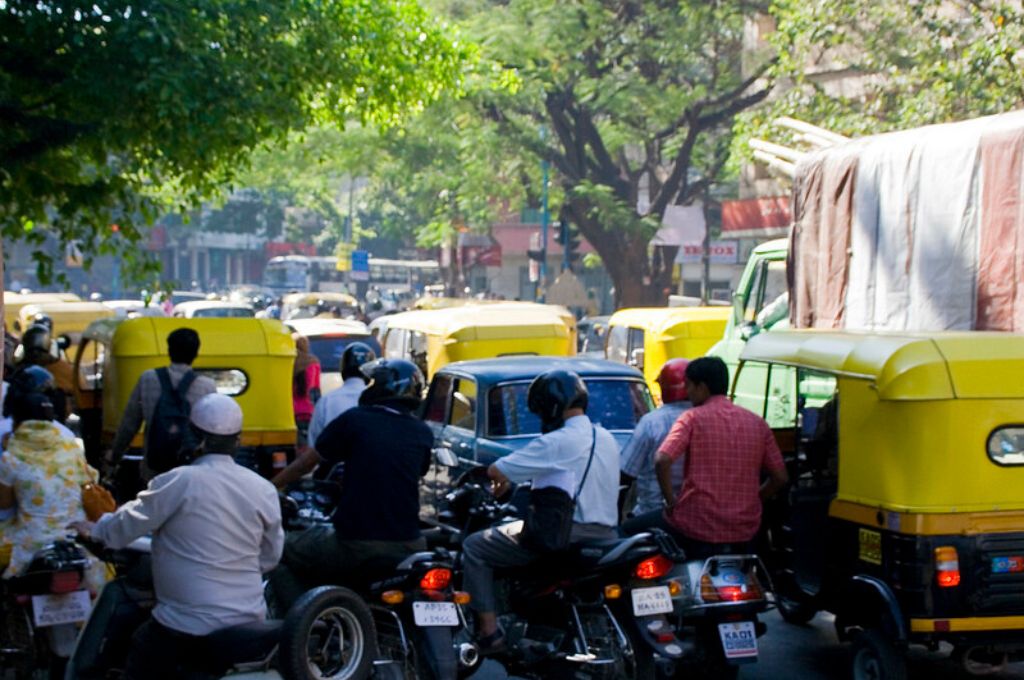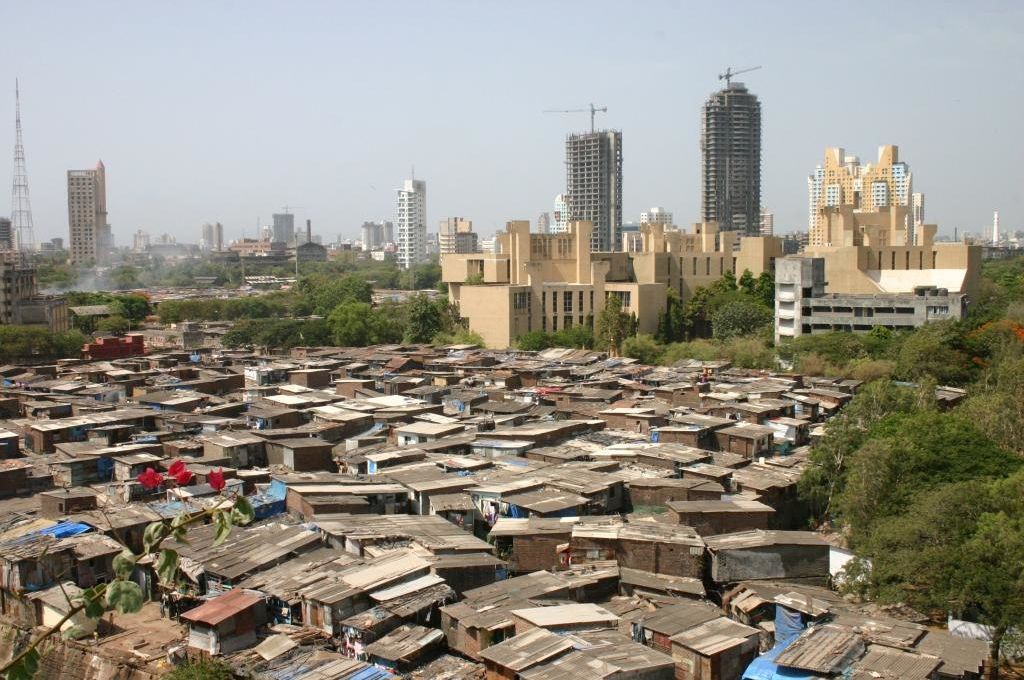The cities of the Indus Valley civilization were renowned for their sewers, drainage channels, and rainwater harvesting. Yet, the floods in Kerala point to our inability to solve an age-old problem in modern Indian cities. In our defence, the rate and scale of urbanisation in India are unprecedented.
While New York and Los Angeles’s population rose 5%, Bengaluru’s doubled and Delhi’s grew by 50% from 2000-2018. As the perils of unplanned urbanisation become apparent, it is worth examining how cities impact water.
In semi-arid regions, under natural conditions, a large fraction of rainfall (~60-70%) soaks into the soil, is absorbed by vegetation, and evaporates back to the atmosphere. The rest runs off (~20-25%) or recharges groundwater (~5-10%).
As the perils of unplanned urbanisation become apparent, it is worth examining how cities impact water.
Groundwater from replenished aquifers seeps into streams through the dry season. Cities fundamentally transform the natural water cycle. As land gets paved and green cover disappears, very little rainwater infiltrates. Evaporation is much lower and almost all the rain ends up as run-off.
This is not a problem in itself. Generations of civil engineers have been trained in stormwater design with one objective—to build pipes large enough to transport water from a “50-year storm” (intense rain event that occurs, on average, once in a 50 years) as quickly as possible. Climate change has complicated this by increasing the frequency of such “extreme events”.
This makes it necessary to revisit long-standing engineering design thumb rules.
Our sewerage system has not kept pace with urbanisation.
The bigger problem lies in implementation. Most Indian roads lack storm drains. However, even the most sophisticated stormwater system would not cope with plastic. Until we fix the solid waste problem, we cannot prevent waterlogging caused by clogged drains. Finally, there is the problem of “combined sewers and stormwater drains”. Because our sewerage system has not kept pace with urbanisation, a sizeable fraction of sewage ends up in stormwater drains that feed lakes and rivers. Many urban water bodies, already filled with sewage the year round, do not have any capacity left to route or store storm water.

Most Indian roads lack storm drains. However, even the most sophisticated stormwater system would not cope with plastic | Picture courtesy: Wikimedia Commons
Recent failures of large infrastructure projects in India and globally have raised questions about the wisdom of bringing water from distant sources and routing stormwater and wastewater away.
India is already a pioneer in this movement, through its early implementation of rainwater harvesting, decentralized wastewater treatment and solid waste management laws. While these emerged organically from our inability to build large, centralized systems fast enough, they are being emulated in other cities such as San Francisco (wastewater treatment) and Chengdu (solid waste management) as more sustainable. These policy experiments are far from perfect. Because they are pioneering, we need to learn by doing. For instance, preliminary research suggests, decentralisation might work better if the scale is chosen more appropriately and coupled with training and financial models for certified sanitation engineers.
Another emerging trend is designing cities themselves to mimic natural systems.
Another emerging trend is designing cities themselves to mimic natural systems—to allow more infiltration through “low impact development” (permeable parking lots and pavements), more green spaces and “room for the river”.
In other words, instead of routing stormwater away, find ways to retain the rainwater in aquifers and lakes, for use in dry periods. For this to become a reality, we need to make space for rainwater. We need to figure out what to do with all the sewage in our water bodies, to treat and reuse it for non-potable uses. We need to let our lakes partially dry in summers in preparation for the rains.
Finally, there is a need to rewrite our civil engineering curriculum. We need textbooks and software packages that are updated and locally relevant to train a new generation of engineers and architects to reimagine water in cities.
This article was originally published on Livemint.




